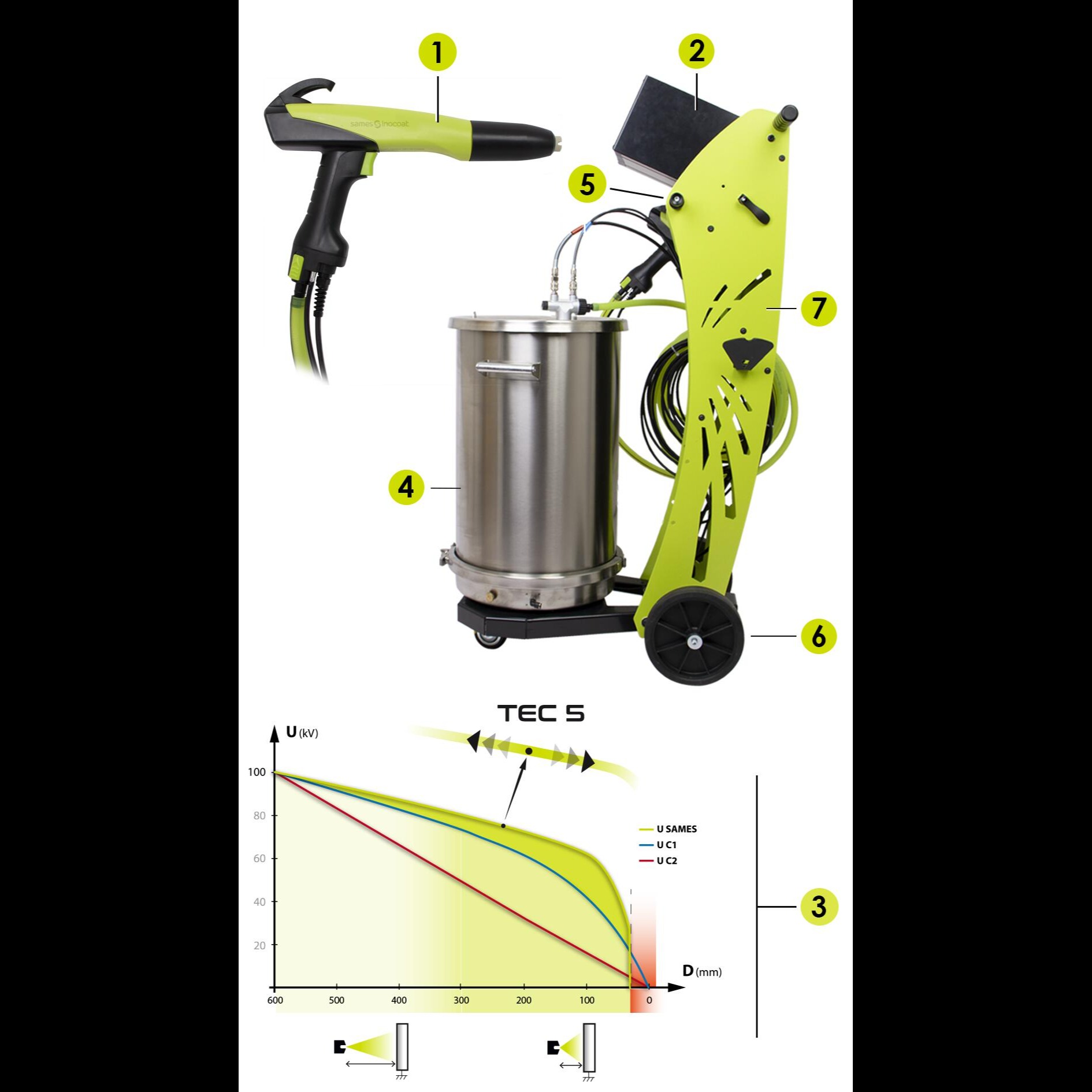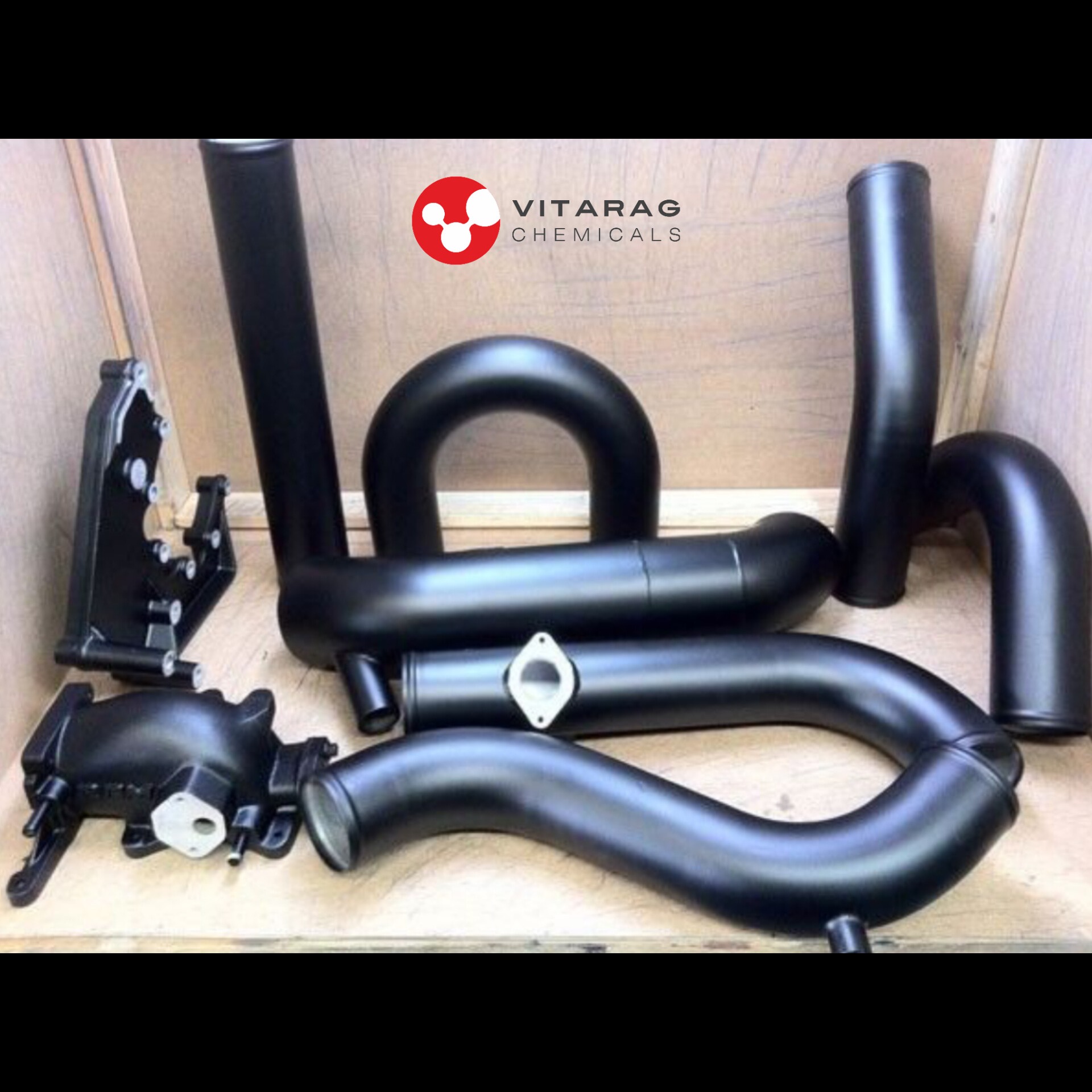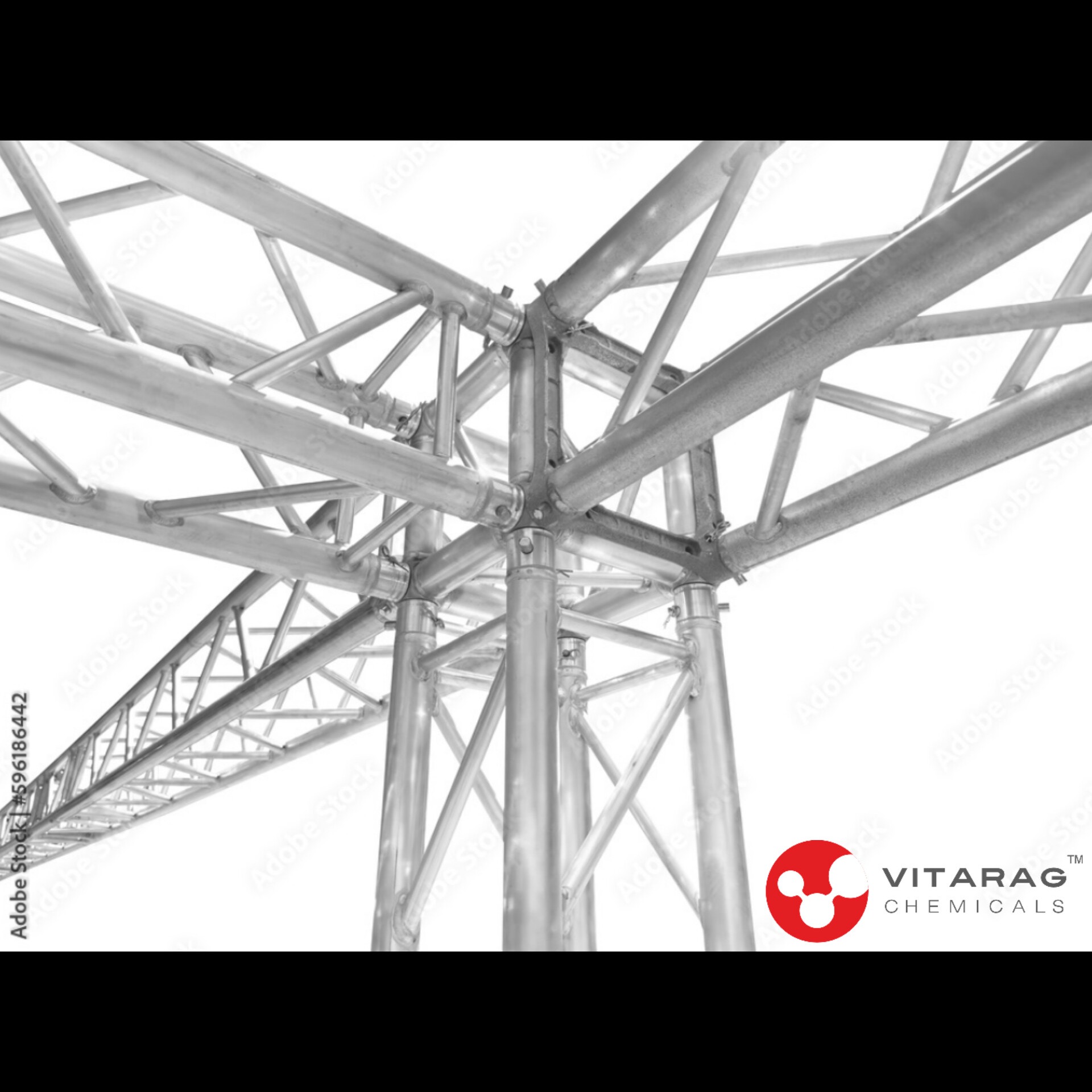
DEGREASER FOR TOOLS
Degreaser for Tools: A Comprehensive Guide
- Introduction
. Degreasers are essential in maintaining tools, as they remove grease, oil, and grime that accumulate during regular use. Selecting the appropriate degreaser depends on various factors, including the type of tools, the nature of the contaminants, and environmental and safety considerations.
- Types of Degreasers
1. Solvent-Based Degreasers:
. Characteristics: Typically powerful and fast-acting, solvent-based degreasers dissolve oils and grease on contact. They often contain hydrocarbons, alcohols, or other organic solvents.
. Common Uses: Effective for cleaning heavily soiled tools and machinery parts.
- Examples:
. Mineral Spirits: Commonly used for cleaning metal tools and parts.
. Acetone: Effective but highly volatile; used for heavy-duty cleaning tasks.
. Xylene: Strong solvent suitable for tough grease and oil residues.
. Pros: High efficiency in breaking down tough contaminants.
. Cons: Flammable, often produce strong odors, and can pose health risks with prolonged exposure.
Keywords
1.
type
oils
Pros
grime
nature
Xylene
Acetone
contact
alcohols
powerful
Examples
regular use
Common Uses
metal tools
hydrocarbons
Introduction
tough grease
soiled tools
oil residues
health risks
strong odors
environmental
Strong solvent
High efficiency
machinery parts
various factors
Characteristics
Mineral Spirits
tough contaminants
prolonged exposure
Comprehensive Guide
safety considerations
appropriate degreaser
other organic solvents
heavy-duty cleaning tasks
fast-acting, solvent-based degreasers




